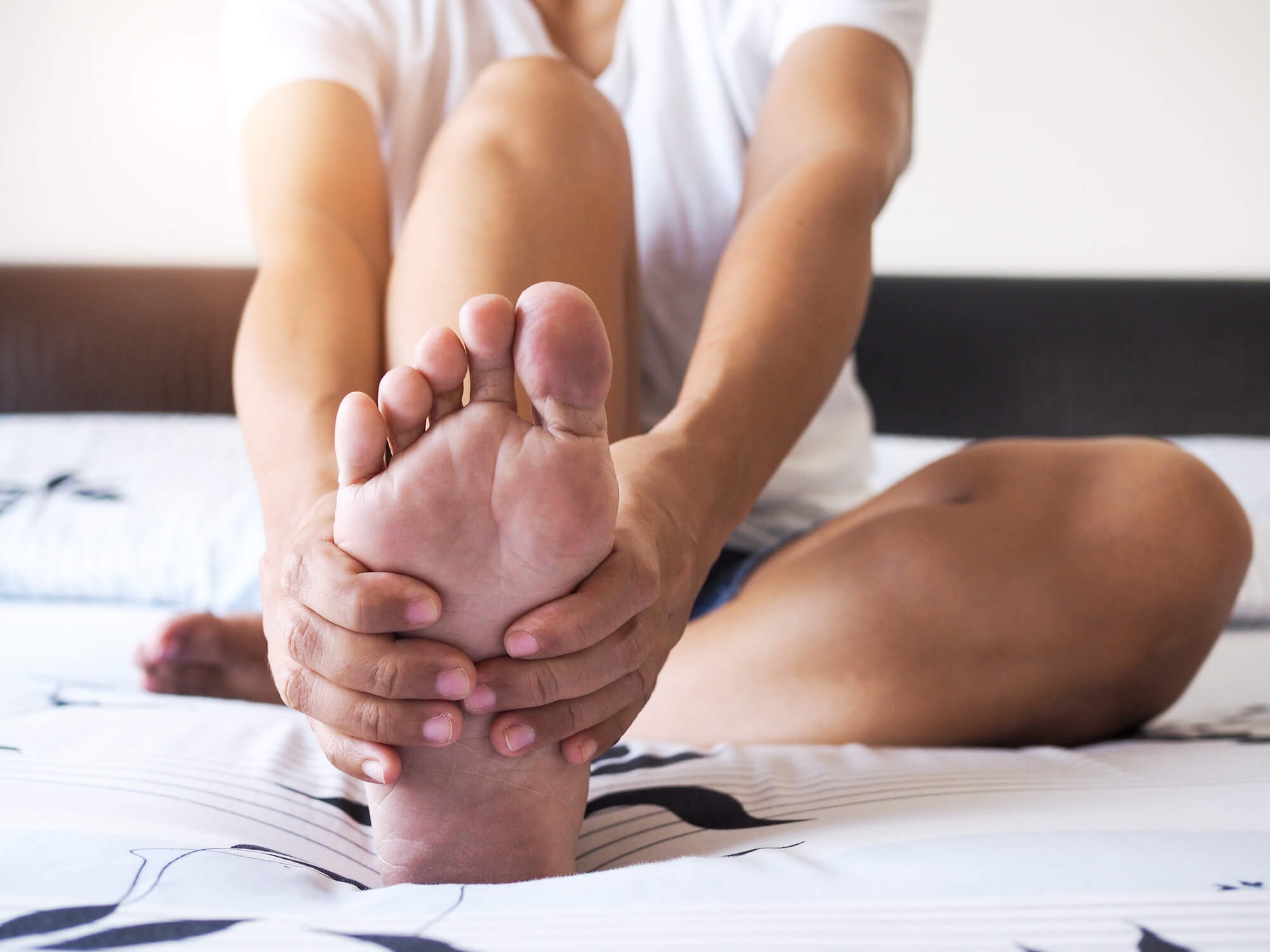Cycling and Plantar Fasciitis: How to Manage Foot Pain
Cycling is a low-impact exercise that is gentle on the joints and an excellent way to stay active. However, it can also lead to foot pain, especially if you have plantar fasciitis. Plantar fasciitis is a common condition that causes heel pain due to inflammation of the plantar fascia, a band of tissue that runs along the bottom of the foot from the heel bone to the toes. This article will explore how cycling affects plantar fasciitis and how to manage foot pain while cycling.
What Is Plantar Fasciitis?
Definition and Symptoms
Plantar fasciitis is a condition that causes pain in the heel and bottom of the foot. It is caused by inflammation of the plantar fascia, a band of tissue that runs along the bottom of the foot from the heel bone to the toes. The most common symptom of plantar fasciitis is heel pain that worsens in the morning or after periods of rest.
Causes and Risk Factors
Plantar fasciitis can be caused by various factors, including overuse, poor foot mechanics, and tight calf muscles. Risk factors for plantar fasciitis include being overweight, having flat feet or high arches, and participating in activities that put a lot of stress on the feet, such as running and cycling.
How Does Cycling Affect Plantar Fasciitis?
Cycling and Foot Mechanics
Cycling can benefit people with plantar fasciitis because it is a low-impact exercise that does not put a lot of stress on the feet. However, cycling can also exacerbate the condition if proper precautions are not taken.
One of the main ways that cycling can affect plantar fasciitis is through foot mechanics. When you pedal, the ball of your foot is on the pedal, and your toes are pointed downward. This can cause tension in the plantar fascia, leading to pain and inflammation.
Common Foot Problems for Cyclists
In addition to plantar fasciitis, cyclists may experience other foot problems, such as Achilles tendonitis, neuromas, and metatarsalgia. These conditions can be caused by factors such as improper bike fit, using the wrong type of footwear, or using cleats that are not adjusted correctly.

Tips for Preventing and Managing Plantar Fasciitis While Cycling
Proper Footwear
One of the best ways to prevent and manage plantar fasciitis while cycling is to wear proper footwear. Look for shoes that provide adequate arch support and cushioning. If necessary, consider using orthotics to help support your foot while cycling.
Stretching and Strengthening Exercises
Stretching and strengthening exercises can also help to prevent and manage plantar fasciitis. Calf stretches, and toe curls can help to stretch and strengthen the muscles in the foot and ankle, reducing tension in the plantar fascia.
Adjusting Your Bike Fit
Proper bike fit is essential for preventing foot problems while cycling. Ensure that your saddle is adjusted to the correct height and position and that your cleats are adjusted correctly. Consider using a wider pedal platform to distribute pressure evenly across the foot.
Rest and Recovery
Rest and recovery are also important for preventing and managing plantar fasciitis. Take regular breaks while cycling to allow your feet to rest. If you experience pain or discomfort, take a break from cycling until the pain subsides.

Treatment Options for Plantar Fasciitis
Plantar fasciitis can be a painful condition, but several treatment options are available to help manage the symptoms.
Self-Care and Home Remedies
Rest, ice, and over-the-counter anti-inflammatory medication such as ibuprofen can help to reduce pain and inflammation associated with plantar fasciitis. Stretching and strengthening exercises can also be done at home to help alleviate symptoms. For example, calf stretches, toe curls and towel stretches can help to stretch and strengthen the muscles in the foot and ankle, reducing tension in the plantar fascia. In addition, using a night splint to stretch the plantar fascia while sleeping can help to reduce pain and promote healing.
Medical Treatment
In some cases, medical treatment may be necessary to manage plantar fasciitis. This may include physical therapy to help stretch and strengthen the plantar fascia and surrounding muscles. A physical therapist can also guide properly in performing stretching and strengthening exercises. Corticosteroid injections may also reduce inflammation and pain in the affected area. However, it is important to note that repeated corticosteroid injections can lead to weakened plantar fascia tissue and may not be suitable for long-term use.
Extracorporeal Shock Wave Therapy (ESWT)
Extracorporeal shock wave therapy (ESWT) is a non-invasive treatment option that uses shock waves to promote healing in the affected area. During the procedure, shock waves are applied to the affected area using a special device. ESWT effectively reduces pain and improves function in people with plantar fasciitis.
Surgery
In rare cases, surgery may be necessary to manage plantar fasciitis. Surgery may be recommended if other treatment options have been unsuccessful and the pain is severe. The plantar fascia is partially cut during the surgery to relieve tension and reduce pain. Surgery is typically only considered in severe cases that do not respond to other treatments.
Conclusion
Plantar fasciitis can be a painful condition, but with proper precautions, it is possible to manage foot pain while cycling. Wearing proper footwear, adjusting your bike fit, and incorporating stretching and strengthening exercises into your routine can help to prevent and manage plantar fasciitis. If you do experience foot pain while cycling, it is important to rest and allow your feet to recover. If your symptoms persist or worsen, seek medical attention from a podiatrist or other healthcare professional.
In summary, if you have plantar fasciitis, cycling can still be a low-impact exercise that you can enjoy with proper foot care. Following the tips outlined in this article, you can manage your foot pain and prevent further injury. Remember to listen to your body, seek medical attention if necessary, and, most importantly, have fun cycling!

